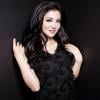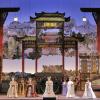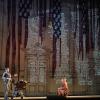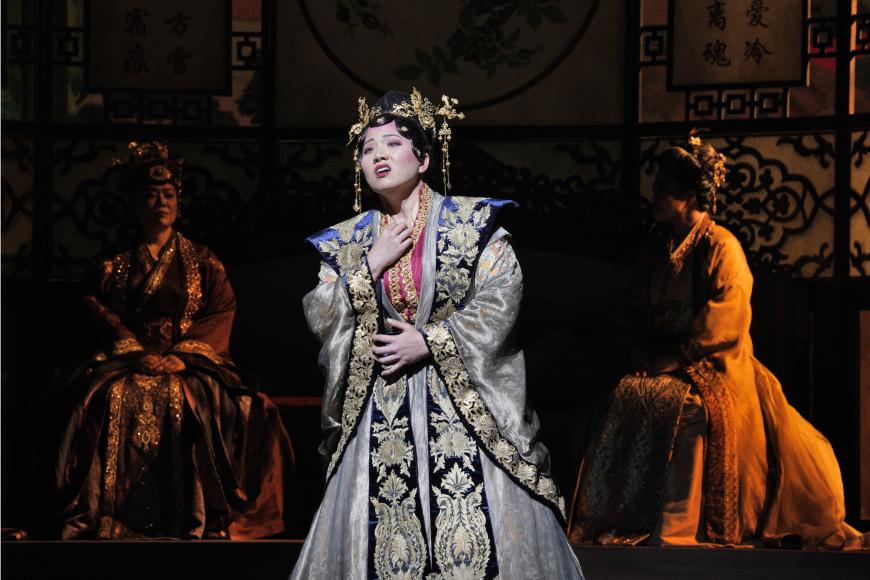
History, gumption, production, and performances carry the revival of Bright Sheng and David Henry Hwang’s Dream of the Red Chamber, which arrived in the War Memorial Opera House Tuesday night, for a run through July 3.
Usually, what you know about an opera and experience of the work itself align closely, but for this writer, on third hearing, that was not the case, even after years of fascination with the piece.
Everything about Cao Xueqin’s enormous 18th-century novel that’s the basis of the opera is overwhelming; everything about San Francisco Opera’s production and the performances by the singers and the orchestra was outstanding. And yet, perhaps out of the critical mainstream, I am not looking forward to a fourth viewing but rather to the opportunity to go back to the Red Chamber history and substance.
The novel is a classic, wildly popular to this day. It is characterized as “the fullest immersion one could hope for into late imperial China, the best access to the minds, hearts, and habits of that period, complete in everything from cosmology to cosmetics.”
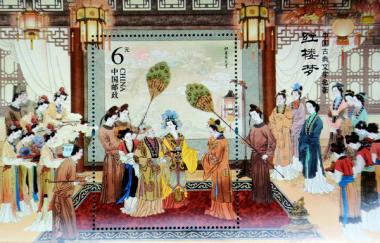
Even given Shanghai’s population of 26 million (or so), here is an amazing fact about the popularity of Dream of the Red Chamber more than two centuries after its publication:
When, in addition to countless live performances and movie and TV versions, the Shanghai Yue Opera troupe made a film of its acclaimed six-hour-long production, it was shown in the city in 36 movie theaters, screening 24 hours a day to full houses. A 1987 television series, produced by China Central Television, came in 36 episodes; in 2010, Li Shaohong remade it as a 50-episode series.
The stage designer for the Shanghai Yue production, Liu Xinglin, said, “Neat and simple are the key words of the stage setting, which follows contemporary aesthetics. White is the base color of all costumes.
“The essence of Dream of the Red Chamber can be concluded as indirect and fictitious, a kind of Eastern aesthetics. I don’t want to fill up the audience’s mind with complicated stage design, like projection. Instead, I want to give them adequate space for imagination.”
And yet, there is much to admire about Crouching Tiger, Hidden Dragon art director Tim Yip’s spectacular sets and extravagant costumes for SF Opera’s production — the contradiction between two equally valid aesthetics only shows the range of possibilities in approaching the work.
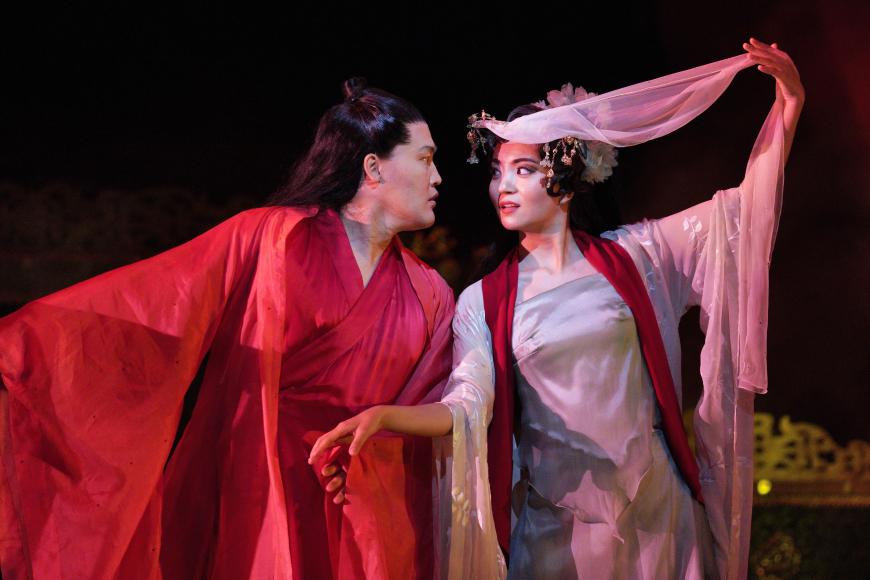
Composer-librettist Sheng and co-librettist Hwang admitted struggling with the novel’s humongous size: twice the length of War and Peace and incorporating hundreds of named characters. They made drastic changes as needed, including the wholesale reduction of singing characters to seven and adding a non-singing monk (actor Francis Jue in the revival) and ensemble participants, such as maids and eunuchs. Sheng and Hwang insisted on, and got a guarantee of, an all-Asian and Asian American cast.
In the opera, the novel’s encyclopedic history of the Jia family is reduced to the tragic love affair between Bao Yu (Korean tenor Konu Kim, with spectacular high notes) and his cousin Dai Yu (Chinese soprano Meigui Zhang in an affecting performance). Only a portion of what Hwang had described as “a giant picture window into a long-lost world: imperial China at its final moments of wealth and glory, just before the fall” remains.
The first act loses focus by introducing the characters and poetic references and postponing action to the shorter second act. All the drama takes place here: following the death of the benevolent Granny Jia (Korean mezzo-soprano Sabina Kim), the imperious Lady Wang (Korean mezzo-soprano Hyona Kim) miscalculates how to save the family once its protector, the emperor’s concubine Princess Jia (Taiwanese soprano Karen Chia-ling Ho, showing grand vocal and stage presence), is disgraced.
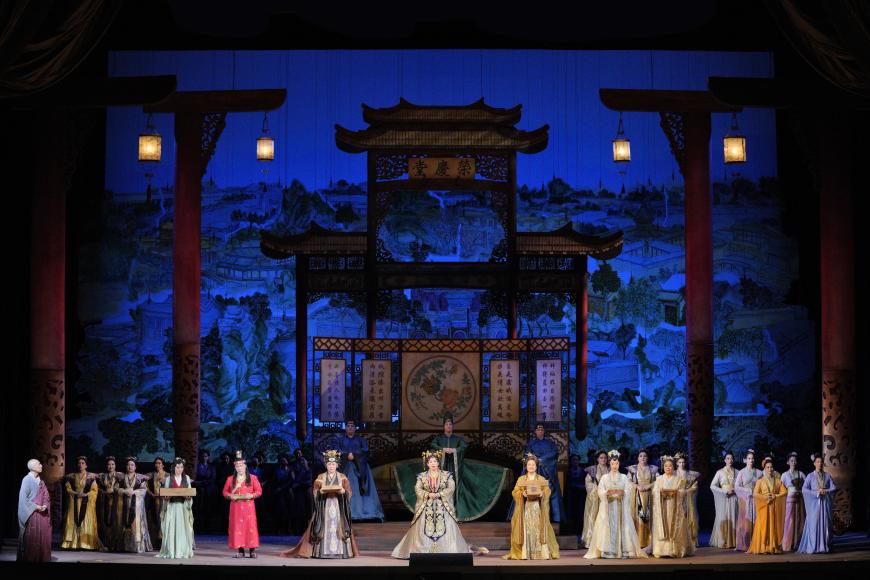
Besides the lopsided dramatic structure, a major problem is the lack of cohesion in Sheng’s soundtrack-like music, underlying the stage action but not serving the singers. Under Singaporean conductor Darrell Ang’s baton, the SF Opera Orchestra played the hybrid Chinese-Western score virtuosically, but its connection with the singers was only episodic.
The “Chinese part” is certainly above Yellow River Piano Concerto standards, and the rest sounds like interesting variations on the best of 1940s Hollywood film music. Still, it’s as if it were written for a concert hall, not an opera. With few exceptions — too few, too late — the chorus appears more as part of the set than as a musically active participant.
Former SF Opera General Director David Gockley, who commissioned the opera — and this may be the first revival of an SF Opera original — said his wish for the work was “a lyrical, harmonically consonant piece with a lot of Chinese folk color,” and that’s accomplished, but probably not his other desire for “a neo-romantic musical style that the public will embrace right from the start, without having to take university courses.”
The recent history of Chinese-Western operas gets more of an “A for effort” than the public embrace Gockley wished for: The First Emperor, Madame White Snake, SF Opera’s The Bonesetter’s Daughter, and others have all struggled to enter the standard repertory. The one victorious exception: John Adams’s Nixon in China.


